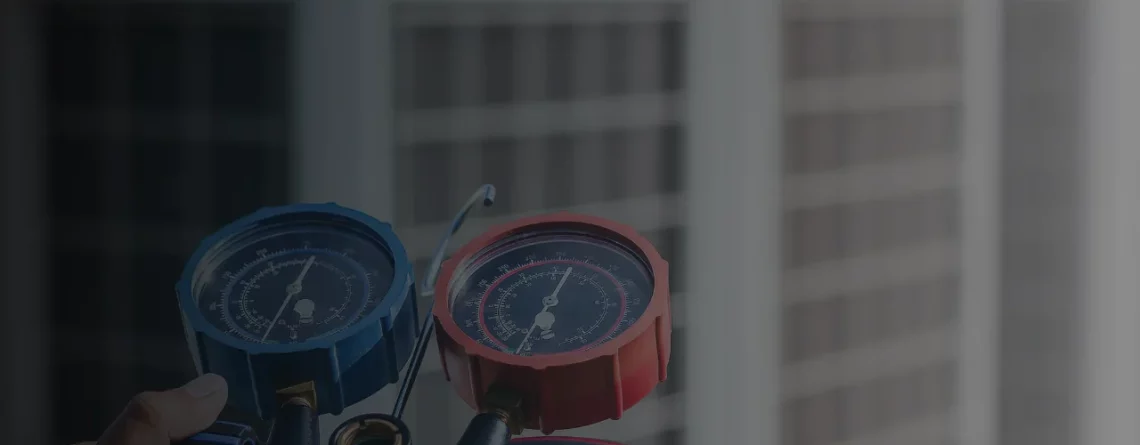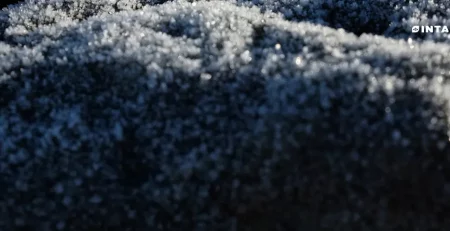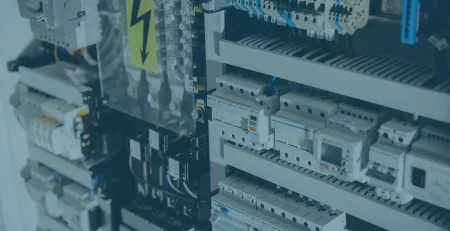Prevent goblins from appearing on your premises: 10 mistakes to avoid
INTARCON2025-03-13T14:01:38+01:00I must confess that I have a knock, when I visit installations or when I see photos on the networks. There are small details that make a difference and affect the life of the installation. Otherwise, the installation will have a life of its own and will drive more than one person crazy… Today, I leave here 10 mistakes not to make when you run a thermal network (whether air conditioning, refrigeration, or any other discipline).
Today, I leave here 10 common errors in refrigeration installations not to make when running a thermal network (whether air conditioning, refrigeration, or any other discipline).
1. Keep an eye on fills and safety valves
In installations that use water as a heat transfer fluid, an automatic filling valve is typically used, which gives us the peace of mind that if the pressure drops, we will complete the necessary amount in the circuit (a leak, safety valve trip, air pocket purged in the first days of operation…). This, however, can become the hidden killer of your installation.
I will tell you about a recent case: A safety valve is triggered by a rupture of the membrane of the expansion vessel. As a result, the valve does not close completely and leaks through the installed drain line. There is a continuous flow of mains water through the air-conditioning circuit (mains -> automatic filling -> air-conditioning circuit -> safety valve -> drain).
Result: All the limescale from the mains water accumulates in the heat pump heat exchanger and in the pipes of the installation, until it ends up pitting the heat exchanger and flooding the cooling circuit. PLEASE NOTE!
Recommendations:
Install a meter at the filling inlet to detect abnormal flows.
Use transparent plastic siphons on the safety valves to watch for leaks.
Close the automatic filling valve and check the pressure manually or with sensors.

2. When installing, think about dismantling
It is easy to forget about future maintenance when installing an installation. Use loose fittings, even if they are more expensive, to make it easier to dismantle pumps, filters or expansion vessels. Remember: an installation designed with maintenance in mind is a long-term investment.
3. Vents
80% of the tanks, expansion vessels or steel hydraulic needles that end up breaking are due to the permanent existence of an air pocket. Some points to remember:
– Flow-through traps
Trap with key to be able to clean them without emptying the whole installation.
Avoid placing automatic traps in ceilings that will be permanently clogged. It is better to extend the piping and to take out e.g. on the roof.
The air is better separated from the fluid under the following conditions: higher temperature and lower pressure. The installation of degassers optimises the liquid-gas separation, thanks to the low velocity and the channelling of the generated micro bubbles to a vented area.
4. Prevents air from breaking down components
Positioning the expansion vessel to promote venting is vital to ensure that the membrane has the longest possible life! Always with the intake facing upwards or ensuring that no air is left in the connection pipe.
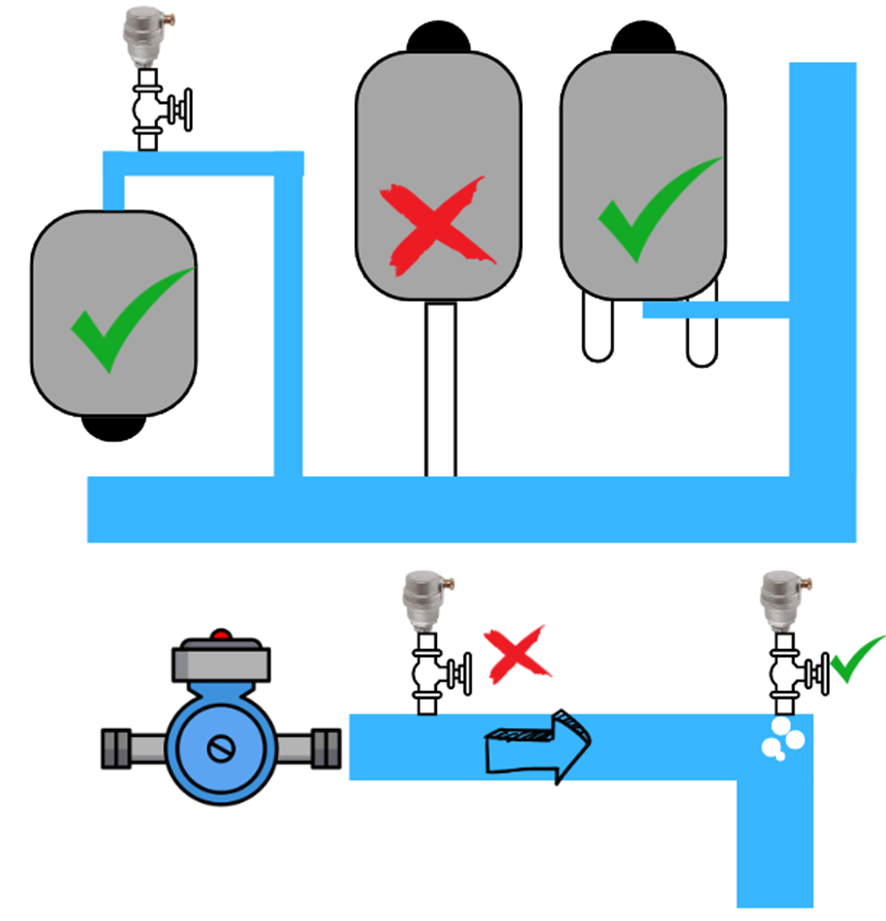
5. Do not connect drains to the sewage system.
Never connect terminal unit drains or safety valves to the sewage system, even with a siphon. Use dry siphons with a small ball to prevent backflow of gases and protect your equipment from corrosion.
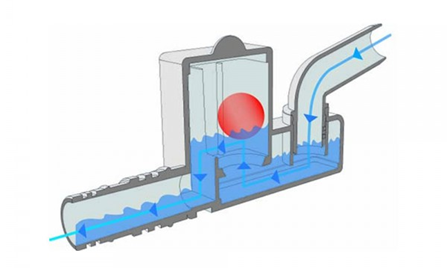
6. Prevent oxygen from entering the circuit
How do fluids move? Mainly based on 3 variables:
From higher pressure to lower pressure: Why a pipe may leak at high pressure.
From higher temperature to lower temperature: Why the oil in a compressor crankcase heats up to evaporate the refrigerant.
From higher to lower concentration (or partial pressures): Why you can smell a perfume from several metres away.
It is for this last reason that oxygen can penetrate an installation even though it is under pressure.
To avoid this: Have a material with a molecular structure that prevents oxygen from penetrating, as if it were a small mouse in a large crowd of people. Otherwise, we will end up with internal corrosion of the elements and degradation of the fluids used.
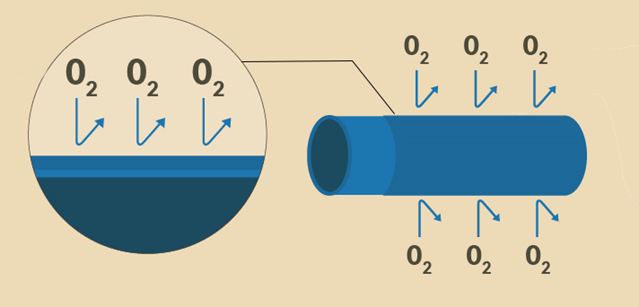
7. Expansion vessel filling pressure
An expansion vessel is used in a closed circuit to prevent temperature differences from causing pressure variations that can lead to problems. Therefore, the filling pressure of the diaphragm must be adjusted to the type of installation and its use. I recommend filling a vessel placed in the suction of pumps to 0.5 bar (measured with the installation empty) and leaving an operating pressure in the lowest temperature condition between 1-1.5 bar. Check that in the maximum temperature condition, there is a margin with the setting value of the safety relief valve.
8. Shut off and pressurise the circuits
An air-conditioning or cooling circuit using secondary fluids is not the plumbing installation of a swimming pool or similar. Circuits that are open and there is contact between the fluid and the outside air have the following risks:
Very rapid fluid degradation. Bacterial growth. Beware of glycols!
Cavitation in pumps
Necessary periodical refilling: Incrustations in the circuit.
Micro-organisms, algae or similar can adhere to the walls of pipes and heat exchangers.
The circuits must be closed and pressurised.
9. Fluid quality
Secondary fluids are to the installation what oil is to a car. It should not be changed if its quality is monitored, but it is important to monitor it. To do this, it is recommended:
Filtering at the filling stage with a 1 micron sieve.
Decalcify in case of very high water hardness. Values of 15ºF are reasonable.
Add additives to inhibit corrosion and stabilise the pH.
Glycol additives to prevent corrosion and micro-organisms.
Analysis of the quality of the fluid once the installation has been commissioned.
Periodic analysis (6 months for installations > 3000 litres). 12 months for other installations. This will give us clues as to whether any element is degrading.
10. As if it were a clean room
70% of circulator pumps that do not work properly are due to obstructions caused by particles that have ended up in the impeller. It is therefore very important to prevent shavings, Teflon, hemp, insulation, etc. from getting into the installation. Filters on pump suction and control valves.
What about you? Have you encountered any other hobgoblin in your installations? Share it in the comments so that we can all learn and improve the quality of the installations day by day.
Elaborado por: Manuel García Jiménez.
